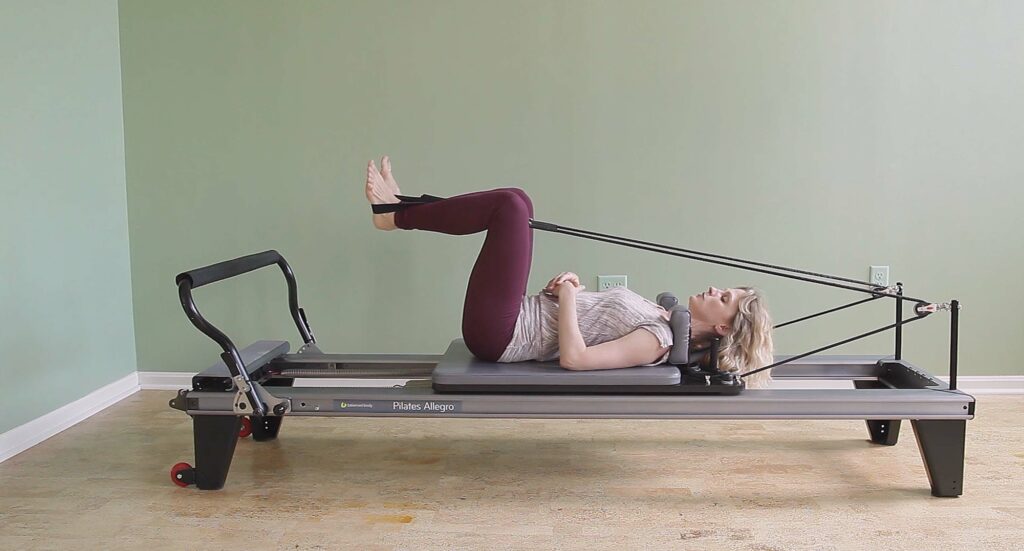When you first study Pilates, your focus is naturally on how to do the exercises correctly. You learn the movement and breath pattern, equipment setup, spring setting, and a few ways to make the exercises easier and harder, so you can modify them for each individual client. Basically, you’re leaning on how to do it RIGHT.
A challenge many new teachers face – as they transition from their teacher training program to the reality of teaching real people in a real, not “pretend” setting – is to recognize if their students are doing the exercises correctly. Some clients might “complain” that they don’t feel any work, but their movement looks okay. What to do?
Obviously, if they don’t feel the effort of an exercise, they must be missing something, not engaging a muscle here and there. What are they doing wrong?
This is when it’s helpful to shift your focus on learning the common mistakes of each exercise. Knowing what can go WRONG in each exercise, is a great way to prevent those mistakes before they happen.
Any seasoned Pilates teacher can attest that everyone makes the same mistakes. There are typically two to three common mistakes in each exercise.
Once you know them, you can anticipate the problem by:
- Watching for the common mistakes when observing your student and
- Cueing ways to avoid the common mistakes before they even happen.

Feet in Straps on the Reformer
For example, in Feet in Straps on the Reformer, the two most common mistakes are:
- Locking the knees, and
- Losing neutral pelvic alignment
Here’s how you can use the common mistakes as a teaching skill:
- Setup the equipment for the exercise and choose the desired springs.
- Instruct your student on how to get her feet into the straps.
- Begin teaching either the Frog pattern or Bend & Stretch. Choosing a bent knee pattern before straight leg patterns such as Lower & Lift or Circles eliminates the locked knee mistakes completely so you and your student can focus on her pelvic placement.
- Watch your student’s pelvis as she bends and straightens her legs. Her pelvis should stay neutral, not tipping forward and backwards with the leg movement (anterior/posterior tilt). If she is able to keep her pelvis still, then you don’t really need to say anything more (save your voice). If her pelvis is moving, cue her to keep her pelvis still.
- If she’s able to keep her pelvis still, then move on to teaching straight leg patterns such as Lower & Lift or Circles. Continue to keep an eye on the pelvic placement, because it’s much more difficult to maintain lumbo-pelvic stability with straight legs. If her pelvis is stable in neutral, shift your focus to her knees. If they are locked, correct your student. Just remember to use positive cues. Instead of saying “Don’t lock your knees”, tell your student what to do instead, for example: “Keep a tiny bend in your knees. This activates the muscles behind your knee and thigh.” (I love adding a convincing reason to my cues.)
Inside the Pilates Encyclopedia member library, you’ll find common mistakes and ways to correct them for every single Pilates exercise on all apparatuses. Learn more about the membership.
~ Mara Sievers
Founder and CEO of Pilates Encyclopedia



